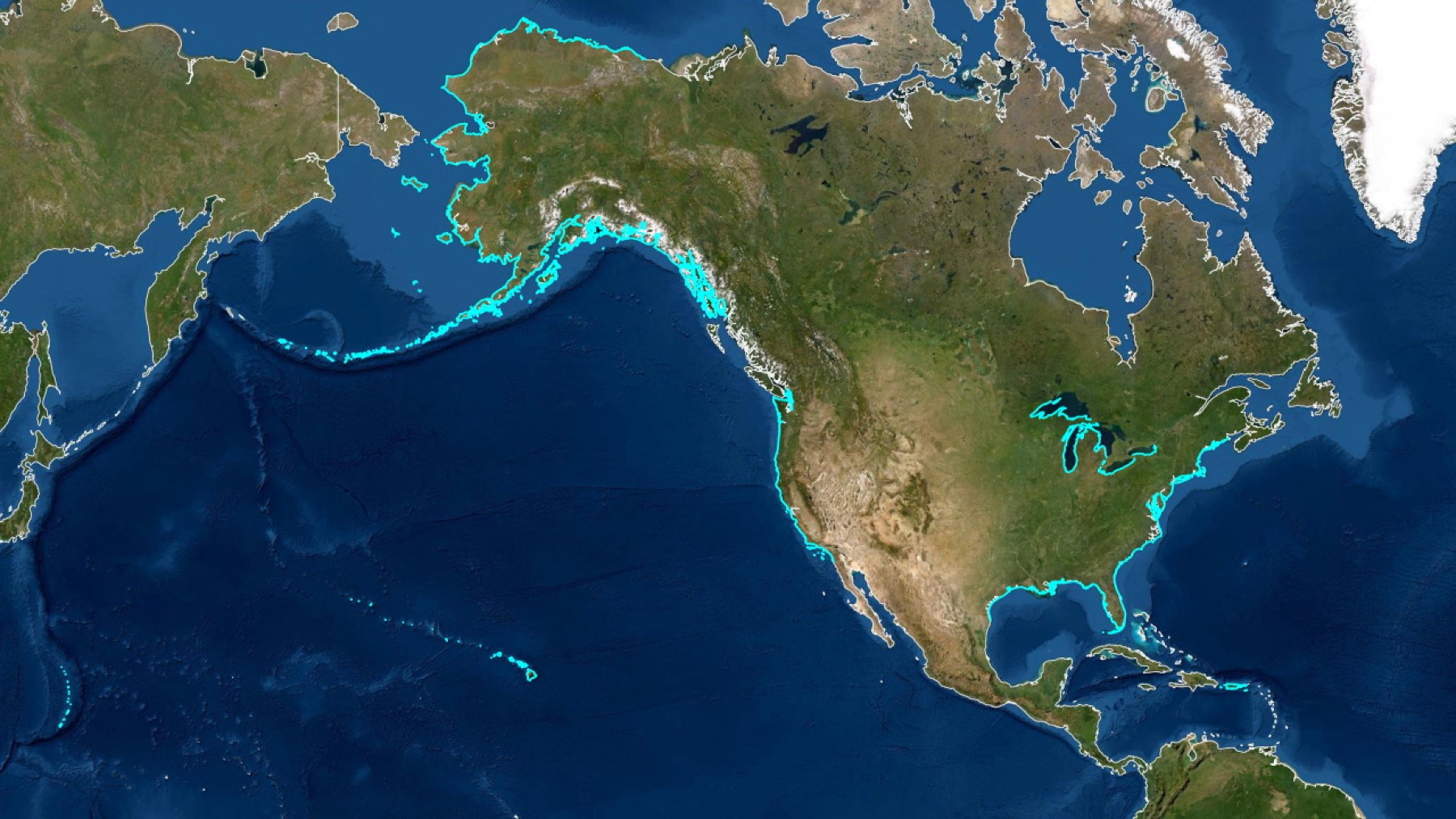Over the years, the United States has experienced a remarkable turnaround in its renewable energy sources. Although PV solar energy has steadily grown, more growth is being observed in wind power systems. The U.S. Department of Energy (DOE) reveals that wind power is expected to deliver the same 500,000 GWh to the grid within the next few years, thus changing the country’s clean energy landscape.
The reasons as to why wind energy is America’s new renewable powerhouse
Wind energy has recently demonstrated incredible improvements in technology and policy. The market reports from the DOE for 2024 samples assert that wind energy now provides more than 10 per cent of the country’s electricity; the new capacity investment is $10.8 billion. Also, the generation of over 125,000 jobs in America proves that wind energy will be an essential part of America’s energy mix in the future.
The recent enactment of the Inflation Reduction Act (IRA) is advancing expansion further, resulting in a 30% increase in near-term deployment predictions. The annual installation is expected to increase to above 15 GW by 2026 and close to 20 GW by the end of this decade. This surge is elsewhere supported by the growth of the American manufacturing chain since the arrival of the IRA, which, amongst new manufacturing facilities, revived 15 new wind manufacturing facilities.
The Strategies through which solar energy growth is plagued by challenges even after being regarded as a success story
Remainder one has also expanded greatly over the past decade, particularly in photovoltaic energy. In 2023, the U.S. produced 238,121 gigawatt-hours out of the solar it installed and consumed; that’s eight times higher than that of 2014. In fact, the amount of solar energy is still lower than that of wind energy, and in the future, it will be able to add 500,000 GWh to the grid.
The DOE Solar Futures Study shows that if the approach to decarbonising the entire United States energy system involves expanding the rollout of new solar systems due to increased demand from sector transformations, up to 3,200 GW of installed solar power is feasible. Nevertheless, this potential comes with many hurdles, including supply chain, policy, and technology hurdles in efficiency and storage, among others.
The policies and innovations defining America’s renewable future
The U.S. government has made policies to support renewable energy in the country. It has also similarly been the catalyst to revamp the wind sector, enhancing deployment forecasts and investment scales through the Inflation Reduction Act. Also, the DOE has a current partnership with stakeholders with a specific duty to fast-track wind energy deployment and increase the proportion of renewable electricity in the grid.
Moving to the future, the US continues to plan for a bigger share of electrical energy generation from renewable energy sources. The pipeline of the offshore wind project, for example, increased by 53% during the year and the cumulative capacity crossed the 80,000 MW mark. If this is fully developed, it can supply electricity to over thirty million homes across the nation. Such developments suggest a strong trend for wind energy, making it one of America’s cornerstones of renewable energy now and in the future.
While photovoltaic solar energy technology has come to near maturity in the United States, wind energy is expected to be the fastest-growing source of renewable energy. As the projections report that wind energy would contribute 500,000 GWh to the grid in the next few years with the backing of affirmative policies and a great investment in the wind industry, the U.S. would definitely achieve the true spirit of wind energy. This not only helps the nation in terms of portfolio diversification but also can strengthen the intended resilience and sustainability of the energy mix.















